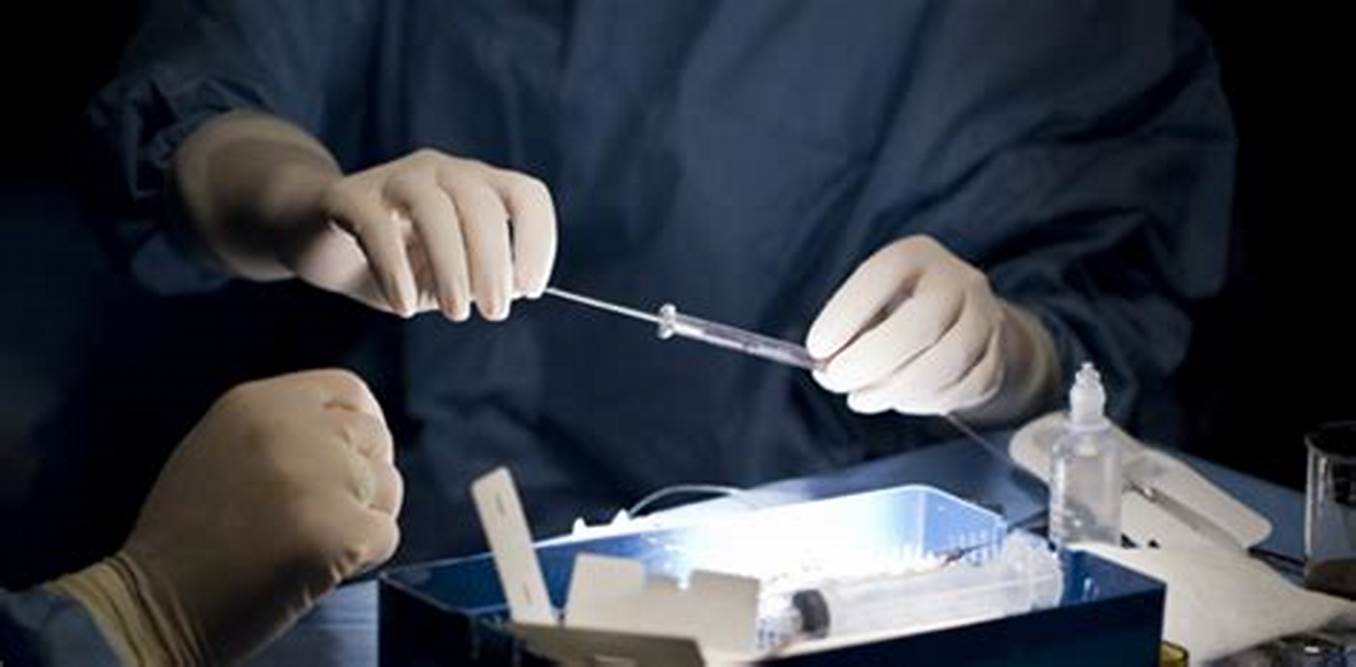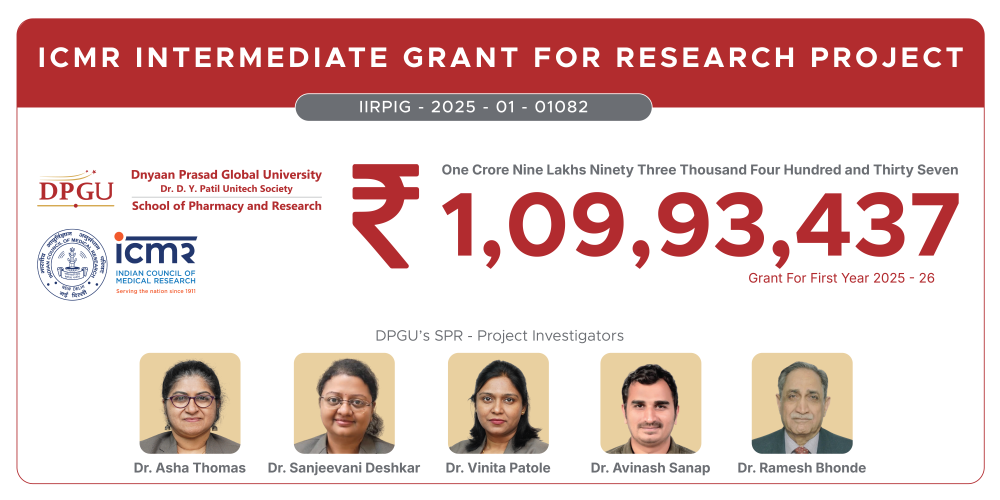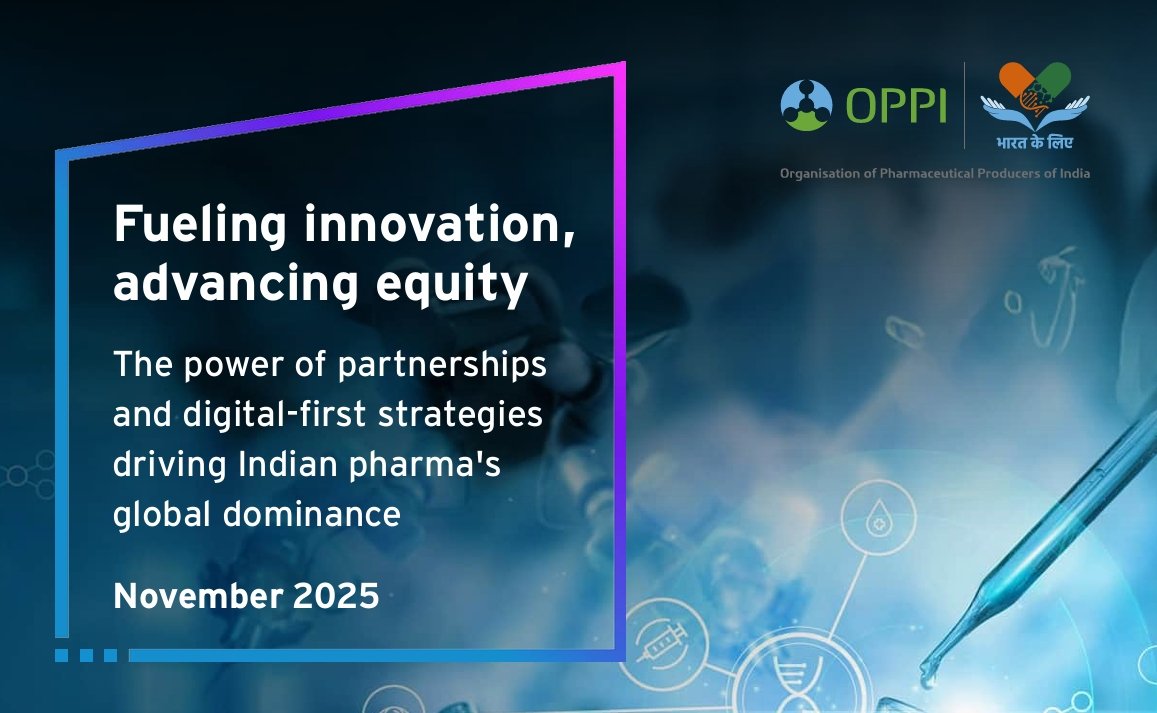Latest developments in stem cell technology
December 31, 2018 | Monday | Views
The use of stem cells in animals and humans for clinical research is an emerging science. The use of ex-vivo expanded stem cells has been identified as the new use of drugs as per U.S.FDA i.e. investigational new drugs.
The life sciences segment for clinical applications has witnessed some developments in the past few years with the emergence of human stem cell research. Stem cells are forerunners of various cells present in the body which are unspecialized, undifferentiated cells, capable of multiplying on their own. An immature stem cell, which is also its simplest form, can transform itself into any possible mature cell. Depending upon its source, stem cells can be categorized into three different categories viz. embryonic stem cells, adult stem cells and cord blood stem cells.
The use of stem cells in animals and humans for clinical research is an emerging science. The use of ex-vivo expanded stem cells has been identified as the new use of drugs as per U.S.FDA i.e. investigational new drugs.
The Government of India has started promoting Stem Cell Research in the country through its various science agencies. The key areas for research have now been identified through
discussions on basic and applied researches for various diseases. Various programs have also been conducted supporting embryonic and adult stem cells. Some of the major programs include establishments of hESC lines, use of limbal stem cells to repair corneal surface disorder caused by limbal stem cell deficiency; isolation, purification and characterization of haematopoitic, mesenchymal and liver stem cells; differentiation of stem cells into neural, cardiac and cell lineages, etc. In addition to the effort undertaken by the government, some industry research organizations are also involved in SCR like Reliance Life Science in Mumbai, National Centre for Cell Science (NCCS), Pune etc. There are some technologies which are frequently used in stem cell research and they are stem cell culture, separation and identification techniques. At present, fluorescence activated cell sorting (FACS) and magnetic activated cell sorting (MACS) are the most popularly used stem cell separation methods. Further to that, FACS is the most common one amongst the two. This was the method used by researchers to obtain the cancer stem cells from breast cancer, brain gliomas, prostate cancer, gastric cancer, lung cancer, liver cancer and pancreatic cancer. Apart
from stem cell separation method, cell labeling technique has also been useful in stem cell research. By labeling specific gene, functions of the stem cell could be detected and identified.
Lastly, with the advances in microscopy, confocal microscopy techniques have been developed and used to observe the stem cells and their surroundings.
Furthering stem cell research, some researchers introduced the concept of molecular imaging at the Harvard University in the year 1999. This technology has been widely applied to various
aspects of life sciences ever since, through 10 years of development. Researching noninvasively, in vivo cellular and molecular processes sensitively and specifically is the aim of
molecular imaging. Processes like monitoring multiple events, cell trafficking and targeting would be noninvasive. The optical molecular area has witnessed some new algorithms in the recent years such as multilevel adaptive finite element method, Bayesian approach and graph cuts. New molecular imaging systems have been developed with advancements in hardware
and machine technique like spectrum CT of Cold Spring Biotech Corporation with three-dimensional imaging function. Additionally, in order to capture the signals derived from F-FDG
probe Cerenkov Luminescence imaging (CLI) using Cerenkov theory has been developed. Compared to the traditional imaging method, all these imaging technologies have shown their advantage in tumor mechanism and antitumor evaluation research and have been applied in the stem cell research.
Typically culture methods include reprogramming somatic cells to pluripotency by serial passage under adherent culture conditions on feeder cells or on extra cellular matrix compound.
These approaches may lead to contamination of the stem cells by pathogens and they require separation of feeder cells which increases costs and are prone to differentiated variability. In
order to obtain stem cells for wider application prospects in disease mechanism, many new isolation and culture technologies have been developed which include suspension technology and inhibitor differentiation method.
Suspension Technology: Induced Pluripotent stem cells are becoming more and more popular because of their therapeutic advantages in enabling the generation of high-quality disease
models, derivation of individual specific iPSC lines, improving the predictability of drug action, and as a source of cells for regenerative medicine. Zandstra’s group developed a way to obtain induced pluripotent stem cells in continuous adherence and matrix free suspension culture system, which has the potential to accelerate and standardize iPSCs research. The gene expression analysis showed high correlation between the two processes including reprogramming in suspension culture and that in routine adherent culture with regards to
hallmark reprogramming genes.
Inhibitor Differentiation Method: Mesenchymal stem cells are a kind of adult stem cells, mainly derived from bone marrow stromal cells. Because of their ability to differentiate into a
wide range of mesenchymal-lineage tissues, mesenchymal stem/stromal cells (MSCs) are under intense investigation for applications in cardiac, renal, neural, joint, and bone repair, as
well as in inflammatory conditions and hemopoietic cotransplantation. MSCs are typically harvested from adult bone marrow or fat, however, these methods not only require painful invasive procedures, but are also low-frequency sources, with MSCs making up only 0.001% of bone marrow cells and 0.05% in fat tissues.
Over and above the two new methods developed recently, many researchers have done a lot of work on the isolation and culture technology of stem cells in order to apply it in the treatment of disease more extensively. Fan’s group observed that the embryonic stem cells possessed a relatively loose, open chromatin structure, and the differentiated cells possessed a tight chromatin structure. This research demonstrated for the first time that the state of chromatin compaction was not only the result of cell differentiation, but also the cell differentiation needed. Fischbach’s group showed that adipose-derived stem cell could trigger the tumor growth. Yamanaka’s group had induced pluripotent stem cells from mouse embryonic and adult human fibroblasts using defined factors. All these studies have promoted the stem cells’ application in the treatment of disease including tumor and regenerative medicine.
Therefore, it can be concluded that a thorough basic research on all types of stem cells i.e. embryonic, adult and tissue is essential to explore the possibilities of clinical applications using stem cells. National and private agencies are proactively supporting and promoting this area. Nevertheless, there are some challenges in the current stem cell research such as non-
availability of human resources of adequate expertise.The regularity mechanism is still evolving and the inter disciplinary structure is yet to be created. Having said that, there is an enhanced awareness among the scientists and clinicians in the country about SCR and the process has gained momentum.
- Mr. Vipul Jain, C.E.O, Advancells










